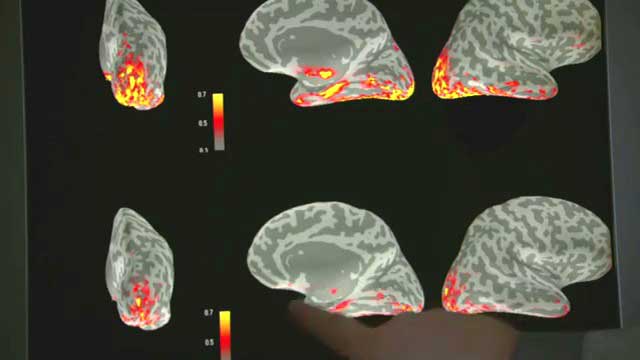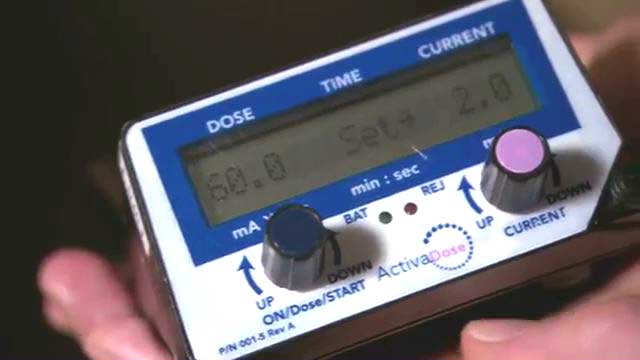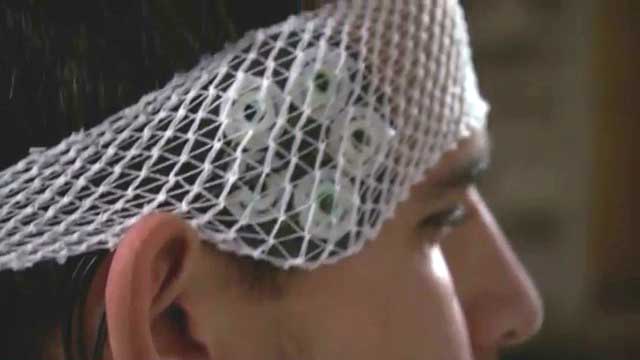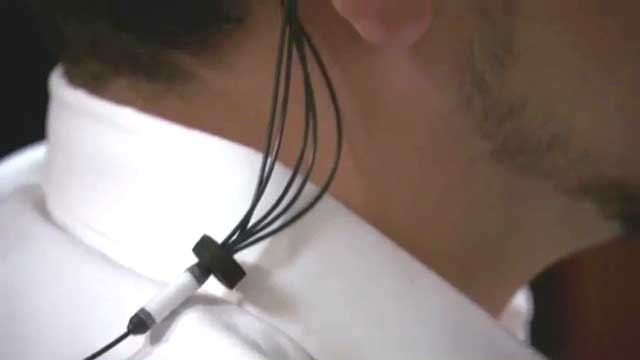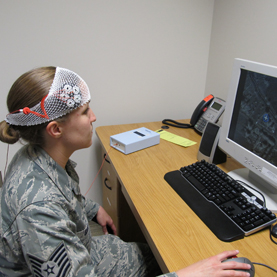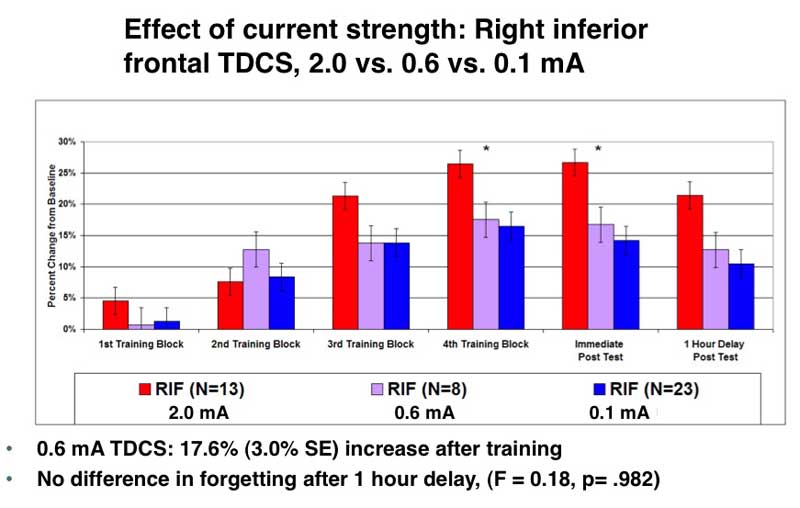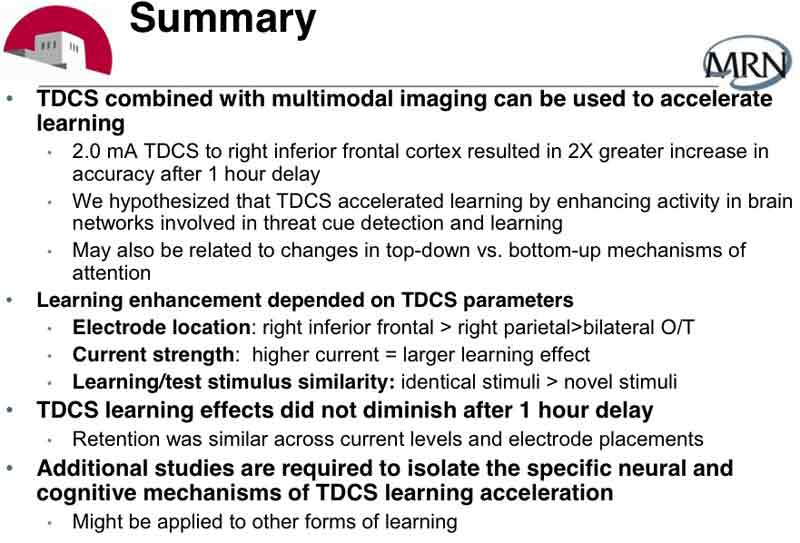An email from Michelle Pearson at the NIH (because I had signed up for the online version of the workshop) alerted me today to a trove of TES (Transcranial Electric Stimulation) info being made available to us. Presenter slides (in PDF form) from the workshop were available for download. Because the download process was pretty wonky, involving many clicks and declined logins to Dropbox I thought to make them available here as well.
1-lisanby-introductory-remarks Sarah Hollingsworth Lisanby, M.D., NIH
2-rumsey-introduction Judy Rumsey, Ph.D.
3-wassermann-historical-overview Eric Wassermann, M.D., NINDS
4-parra-tdcs-mechanisms Lucas Parra, co-founder of Soterix Medial Inc. @lcparra1
5-frohlich-tacs-mechanisms @FlavioFrohlich, University of North Carolina-Chapel Hill
6-clark-combining-imaging-and-stimulation Vincent P. Clark, PhD Mind Research Network
7-woods-tes-technical-aspects Adam J. Woods, PhD @adamjwoods
8-richardson-blinding Jessica D. Richardson, Ph.D.
9-kappenman-reproducibility Emily S. Kappenman
10-bikson-computational-modeling-design Marom Bikson, CCNY @MaromBikson
11-deng-anatomical-variability-efields Zhi-De Deng, Ph.D., NIH
12-dmochowski-targeted-stimulation-sources Jacek P. Dmochowski, CCNY
13-loo-depression-trials Colleen Loo, Black Dog Institute
14-brunoni-neuropsychiatry-large-trials André R. Brunoni, @abrunoni
15-cohen-motor-learning Leonardo G. Cohen, M.D. NINDS
16-edwards-augmentation-neurorehabilitation Dylan J. Edwards PhD
17-lim-ongoing-trials Kelvin O. Lim, M.D.
18-frohlich-tacs-psychiatry-trials @FrohlichLab
19-charvet_remote-tdcs Leigh Charvet PhD, NYU


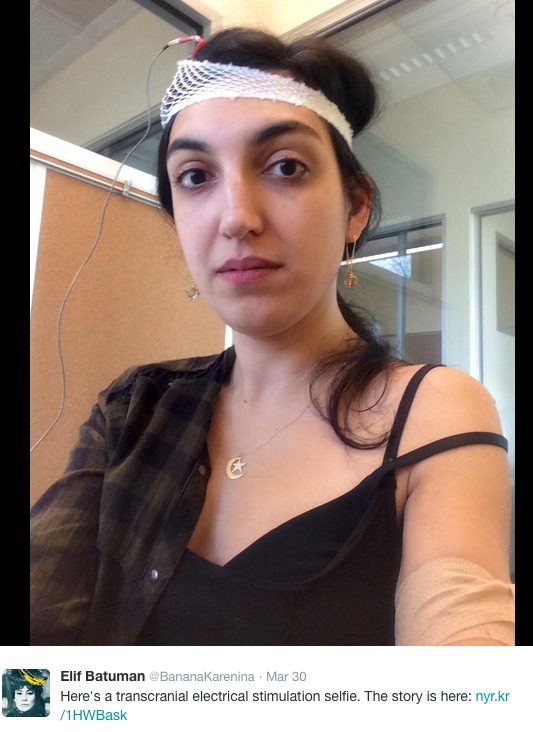
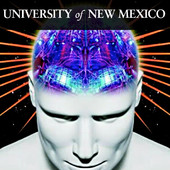 Just found this in iTunesU. Wow! You’ll recognize many of these names if you’re reading the tDCS literature. I’ve only watched the Michael Weisend talks (whom we met
Just found this in iTunesU. Wow! You’ll recognize many of these names if you’re reading the tDCS literature. I’ve only watched the Michael Weisend talks (whom we met 
